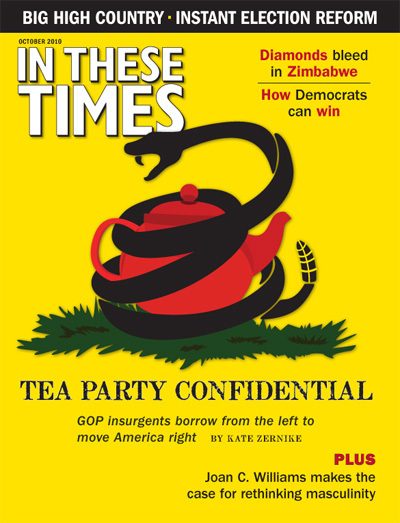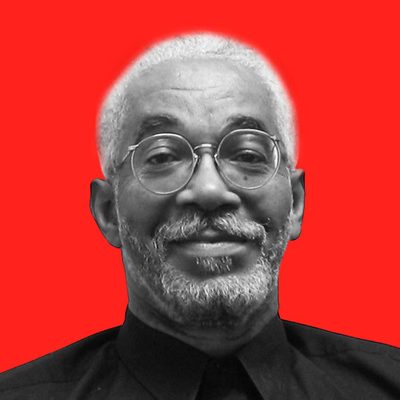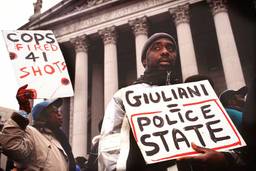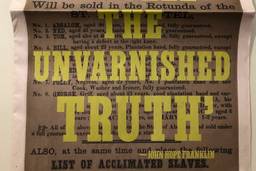The election of the nation’s first black president has done little to improve media coverage of the nation’s black community.
According to a new study, black Americans were covered in less than 2 percent of mainstream media stories during the first year of Barack Obama’s presidency, though African Americans comprise 12.9 percent of the U.S. population.
What’s more, the study by the Pew Research Center’s Project for Excellence in Journalism noted that when the media did cover black issues, they “tended to focus more on specific episodes than on examining how broader issues and trends affected the lives of blacks generally.”
For example, the most popular story during the one-year period covered by the study was the controversial arrest of Harvard professor Henry Louis Gates Jr., outside of his own house. The report included an analysis of more than 67,000 U.S. news stories across an array of journalistic mediums and found that the Gates story accounted for nearly four times more coverage of African Americans than either of the two biggest national “issue” stories – the economy and healthcare.
The study also found that about 9 percent of coverage of the Obama administration included a racial angle. But that coverage was also “largely tied to specific incidents or controversies rather than to broader issues and themes.”
Gates’ arrest, the Obama presidency, the death of Michael Jackson and the attempted terrorist attack by “Christmas Day bomber” Umar Farouk Abdulmutallab accounted for nearly half of all coverage that had a substantial mention of African Americans during this time period.
Many harbored hopes that Obama’s election would induce a more nuanced media presentation of race relations, or at least prompt a reconsideration of the standard operating procedure. But portraying African Americans through the narrow frame of personalities and episodic controversies is par for the course in the U.S. mainstream.
The declining fortunes of many print news venues has further diminished the value of context-related journalism. These days, information that attracts the most Internet hits has the most currency; nuance is the first to go when popularity is the premium.
But even when print media reigned supreme, they seldom presented a nuanced portrayal of black people. Many white Americans’ perception of black people was deliberately distorted by a tradition of media bias.
That bias is part of a deep-rooted American narrative of racial hierarchy and privilege. In fact, anti-black biases are in the institutional DNA of American media.
What exactly do I mean by that? Debasing and dehumanizing black people was virtually obligatory in a nation dependent on an economic foundation of slavery. Racist assumptions became a necessary component of U.S. culture for more than two centuries. They are so deeply embedded in our institutions and attitudes that they escape detection.
This happens, for instance, when we look at our jails and see a sea of black faces. We are looking at the criminal justice system through a media prism filled with racial assumptions – particularly the idea that black people somehow are predisposed to crime. We are similarly blinded by biases when considering racial disparities in education, healthcare and employment.
These biases were normalized through centuries of cultural fortification, but this process has seldom been acknowledged, nor the biases debunked. That is why it is so important for media to take account of historical context in the coverage of racial issues.
But the current media landscape is even more hostile to context than in the past. Marketing experts know it is more profitable to pander to biases than to oppose or challenge them.
Even before Obama’s election, mainstream media were afflicted with a strong case of racial fatigue. The election of a black president has done little to relieve that condition, and may even have exacerbated it. Those seeking a just society, therefore, must intensify the focus on media and continually challenge the conventional wisdom of white supremacy and the racist assumptions that are its corollary.
Salim Muwakkil is a senior editor of In These Times and host of “The Salim Muwakkil Show” on radio station WVON-AM in Chicago. Muwakkil was also contributing columnist for both the Chicago Sun-Times (1993 – 1997) and the Chicago Tribune (1998 – 2005). He is also a co-founder of Pacifica News’ network daily “Democracy Now” program and served as an adjunct professor at Northwestern University, University of Illinois, the Art Institute of Chicago and Chicago’s Columbia College.









